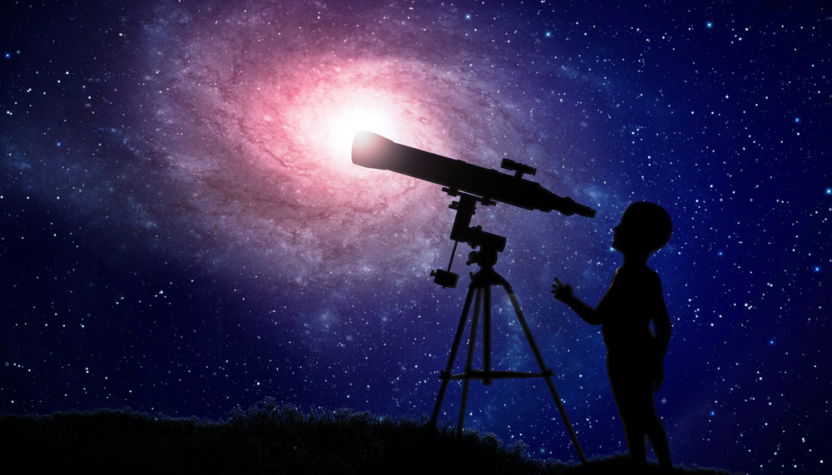George Carruthers will forever go down in history as an accomplished Astrophysicist. With his many accolades, it is easy to forget that at one time he was a young boy gazing at the stars. His father and mother encouraged his interests. As a child, George enjoyed visiting Chicago museums, libraries, planetariums and was a member of the Chicago Rocket Society and various science clubs. His life story is a great example of how nurturing your child’s passions can spark a lifetime of achievement.
George Robert Carruthers was born in the city of Cincinnati, Ohio on October 1, 1939. He is the eldest of his parents’ four children. His father, George Carruthers Sr., was a civil engineer with the U.S. Army Air Corps and his mother, Sophia Carruthers, worked for the U.S. Postal Service. George R. Carruthers interest in the sciences began at an elementary school age with the adventure of Buck Rogers; a comic book hero that travelled to Mars. By the age of 10, the young Carruthers had constructed his own telescope with the cardboard tubing and mail-order lenses he bought with money he earned as a delivery boy. George Robert Carruthers suffered an emotional setback at the age of 12 when he lost his father; who till his death was the young Carruthers greatest encouragement in his chosen career path. This, however, did not deter him from attaining his goal.
Carruthers invented the first moon-based observatory, the far ultraviolet camera/spectrograph used in the Apollo 16 mission lunar walk.
After the death of George Carruthers Sr., the family moved to Chicago. George Robert Carruthers continued with his college education at Englewood High School, Chicago, Illinois. While there, he won three awards, including first prize for a telescope that he designed and built; as one of the handful of African-Americans competing at the Chicago’s high school science fairs. He proceeded to earn his degree certificate at the University Of Illinois College Of Engineering where he studied aeronautical engineering and astronomy in 1961. Carruthers earned a M.S. degree in nuclear engineering in 1962 and his Ph.D. in aeronautical and astronomical engineering in 1964.
While conducting his graduate studies, Carruthers worked as a research and teaching assistant studying plasma and gases. In 1964, Carruthers began working for the U.S. Naval Research Laboratory as a National Science Foundation postdoctoral fellow with focus on far ultraviolet astronomy, and rose two years later to become a full-time research physicist at the NRL’s E. O. Hurlburt Center for Space Research. The United States Patent office, in 1969, recognized and gave credit to Carruthers for inventing the “Image Converter” which is an instrument that detects electromagnetic radiation in short wave lengths. In the year 1970, his invention recorded the first observation of molecular hydrogen in outer space. By 1972, Carruthers had invented the first moon-based observatory, the far ultraviolet camera/spectrograph used in the Apollo 16 mission lunar walk. For the first time, scientists were able to examine the Earth’s atmosphere for concentrations of pollutants, and see UV images of more than 550 stars, nebulae and galaxies. Carruthers was awarded NASA’s Exceptional Scientific Achievement Medal for his work on the project. In the 1980s, one of Carruthers’ inventions captured an ultraviolet image of Halley’s Comet. In 1991, he invented a camera that was used in the Space Shuttle Mission.
The later years of Carruthers life also saw him extend his efforts to education. He helped create a program called the Science and Engineers Apprentice Program, which gave high school students the opportunity to work at the Naval Research Laboratory. In 1996 and 1997, he taught a course in Earth and Space Science for D.C. Public Schools science teachers. By 2002, Carruthers had begun teaching a course on Earth and Space Science at Howard University. In 2003, Carruthers was inducted into the National Inventors Hall of Fame for his work in science and engineering.

